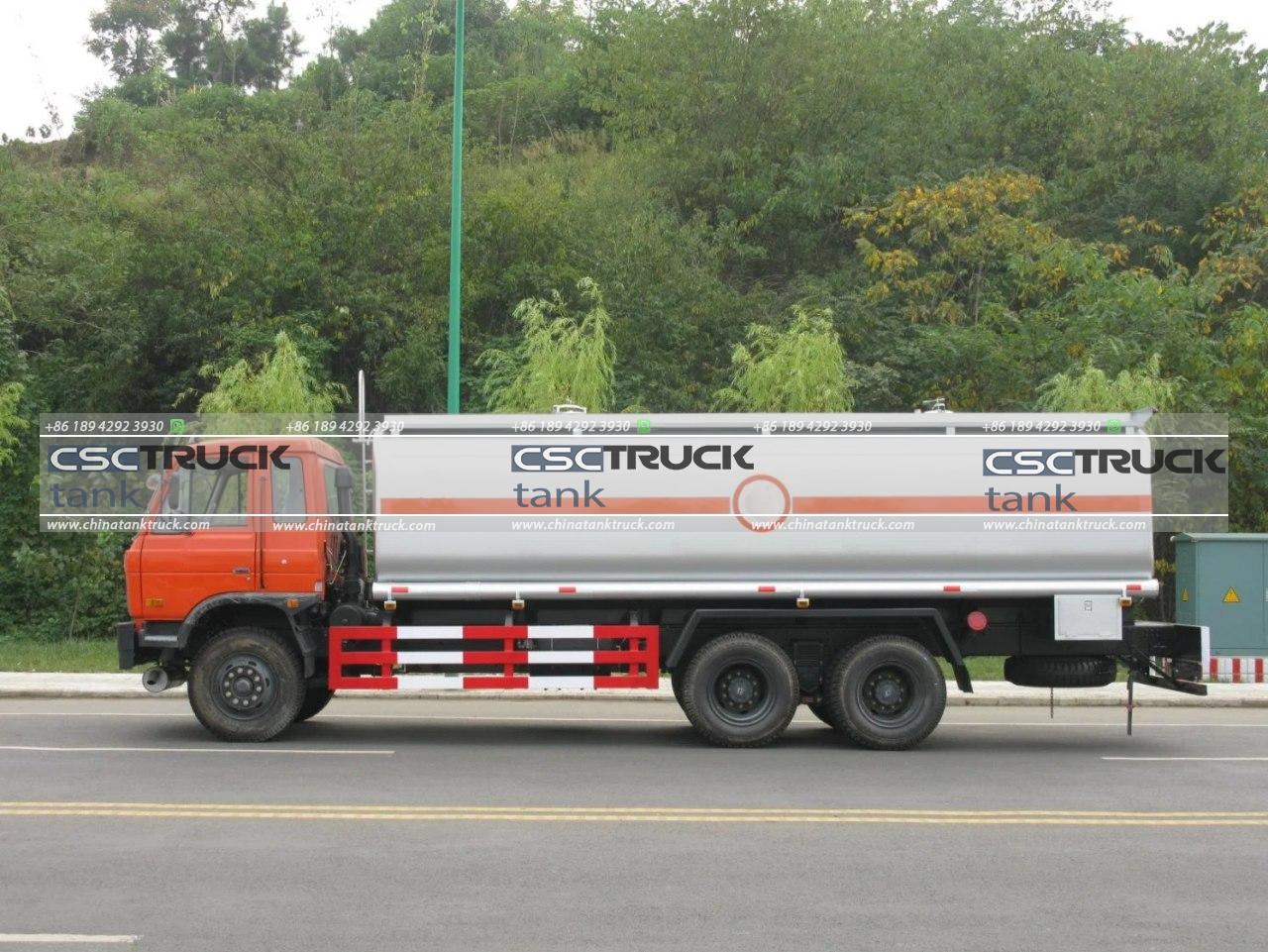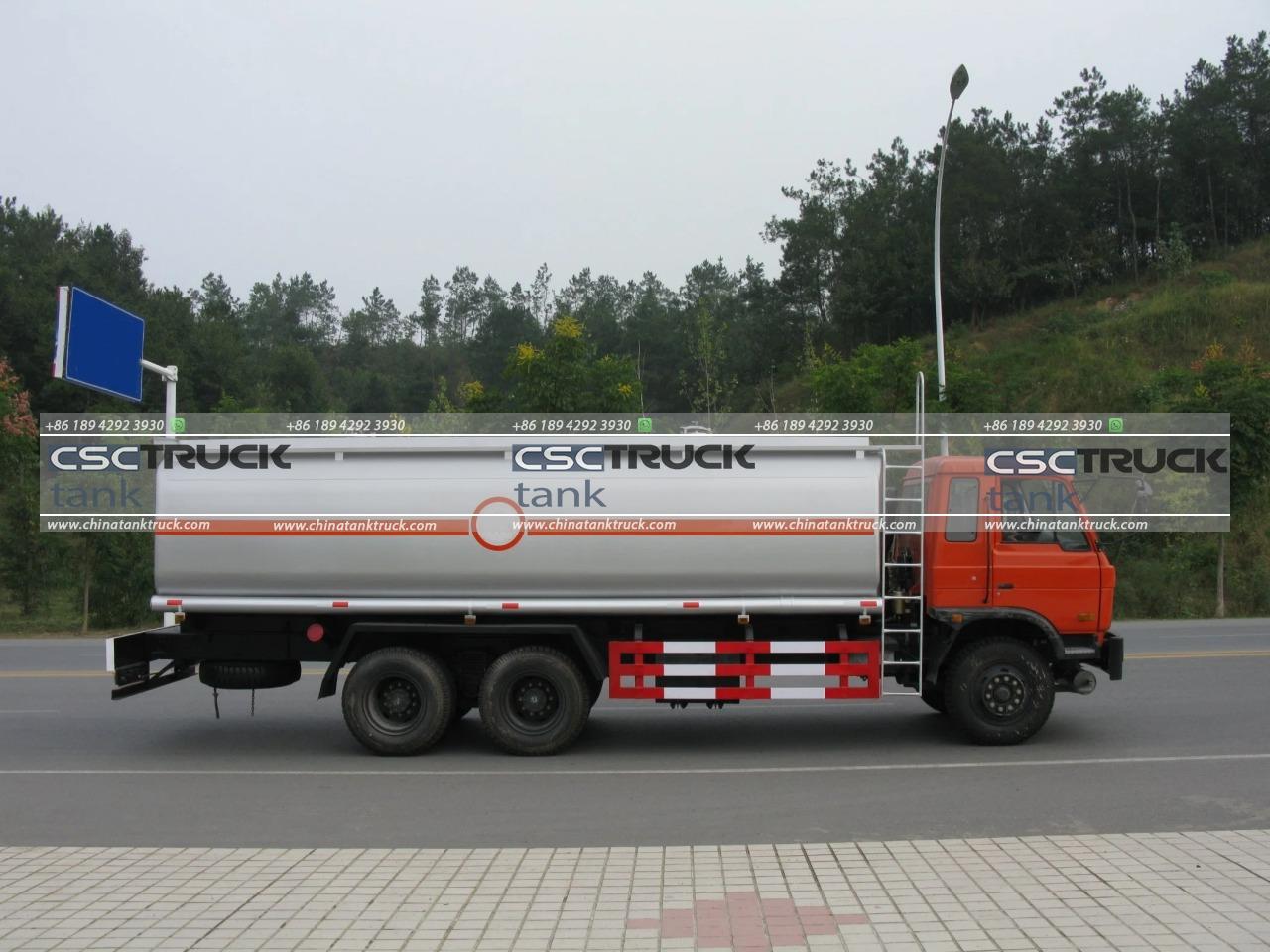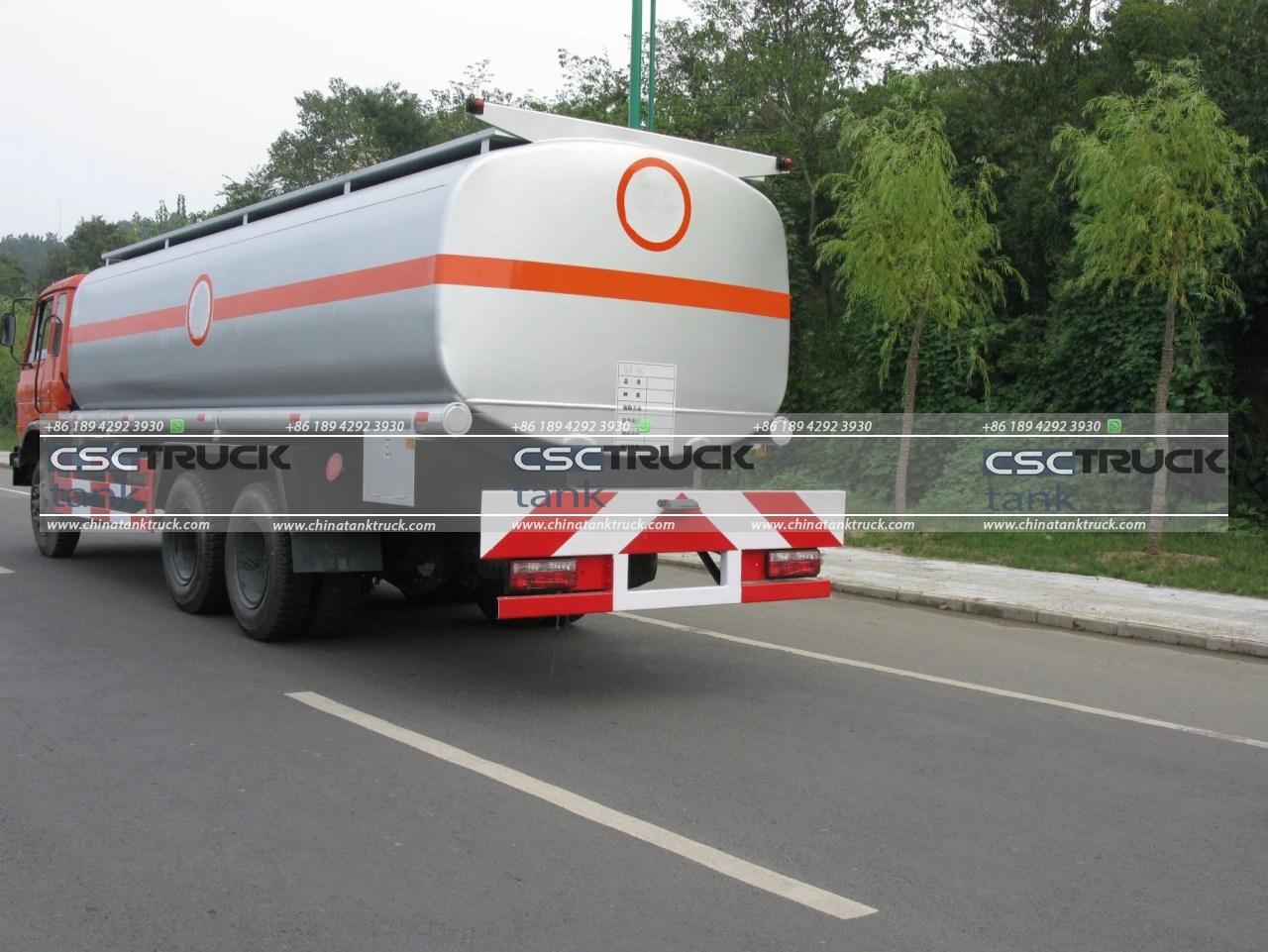How Much Fuel is in a Fuel Truck?
Fuel trucks are essential components of the transportation and logistics industry, delivering gasoline, diesel, and other types of fuel to gas stations, industrial facilities, and even homes. Understanding the capacity of these trucks is crucial for both operational planning and safety. In this article, we’ll explore the various types of fuel trucks, their capacities, and the factors that influence how much fuel they can carry.
Types of Fuel Trucks
Fuel trucks come in various designs and sizes, tailored to meet different operational needs. The primary types include:
1. Tank Trucks: These are the most common type and are used for transporting liquid fuels over short to moderate distances. They typically have a cylindrical tank mounted on the chassis of a truck.
2. Semi-Trailer Tankers: These are larger trucks where the tank is towed by a semi-truck. They are designed for long-haul transportation and can carry more fuel compared to tank trucks.
3. Straight Trucks: These are rigid vehicles where the tank is integrated into the truck’s chassis. They are often used for local deliveries due to their maneuverability.

Fuel Truck Capacities
The capacity of a fuel truck is determined by several factors, including the size of the tank, the type of fuel being transported, and the regulatory limits imposed by various jurisdictions. Here’s a breakdown of typical capacities:
1. Small Fuel Trucks: These trucks, often used for local deliveries, have tanks with capacities ranging from 500 to 1,500 gallons. They are ideal for small service stations and local fueling needs.
2. Medium-Sized Fuel Trucks: These trucks usually have tank capacities between 2,000 and 4,000 gallons. They strike a balance between size and capacity, making them versatile for both local and regional deliveries.
3. Large Fuel Trucks: The largest fuel trucks can carry up to 11,000 gallons or more. These are typically semi-trailer tankers designed for long-distance hauling and large-scale fuel distribution.
Factors Influencing Fuel Capacity
Several factors influence how much fuel a truck can carry, including:
1. Tank Size and Design: The tank’s volume is a primary determinant of capacity. Tanks are designed with various diameters and lengths to maximize space without compromising safety or structural integrity.
2. Regulatory Limits: Different countries and states have regulations that restrict the maximum allowable capacity of fuel trucks. These regulations are in place to ensure safety and to manage road usage. For example, in the United States, federal regulations often cap the maximum weight of fully loaded fuel trucks, indirectly influencing the tank size.
3. Type of Fuel: The density of the fuel affects the truck’s capacity. Diesel, for instance, is denser than gasoline, so a truck carrying diesel will have a lower volume of fuel compared to one carrying the same weight of gasoline.
4. Safety and Design Considerations: Fuel tanks are designed with safety features such as pressure relief valves, emergency shut-off systems, and double-walled construction to prevent leaks and accidents. These features can also influence the overall size and capacity of the tank.

Operational Considerations
Knowing the capacity of a fuel truck is not just about understanding its limits; it also plays a crucial role in operational planning:
1. Route Planning: The capacity of the fuel truck determines how far it can travel before needing to refuel or return to a depot. This affects route planning and scheduling for deliveries.
2. Load Distribution: Proper load distribution is essential for safe operation. Overloading a truck can lead to safety hazards and regulatory violations. Fuel truck operators must ensure that their trucks are loaded within legal limits.
3. Fuel Management: For companies managing large fleets of fuel trucks, understanding the capacity of each truck helps in inventory management, ensuring that fuel supply meets demand efficiently.
4. Economic Efficiency: Larger fuel trucks are generally more cost-effective on a per-gallon basis for long-haul transportation. However, they also require more substantial investments in terms of purchasing, maintenance, and insurance.
Environmental and Safety Aspects
The operation of fuel trucks also has environmental and safety implications:
1. Emissions and Environmental Impact: Fuel trucks, especially those running on diesel, contribute to emissions. Advances in technology, such as cleaner engines and better emission controls, help mitigate environmental impact.
2. Spill Prevention and Response: Fuel spills can have severe environmental consequences. Modern fuel trucks are equipped with features to minimize the risk of spills, and operators are trained to handle emergencies effectively.
3. Maintenance and Inspections: Regular maintenance and inspections are crucial to ensure the safe operation of fuel trucks. This includes checking for leaks, ensuring that safety systems are functional, and verifying that the truck is compliant with all relevant regulations.

Conclusion
Understanding how much fuel a fuel truck can carry is essential for efficient and safe operations in the transportation and logistics industry. From small local deliveries to large-scale long-haul transportation, the capacity of fuel trucks varies significantly based on design, regulatory constraints, and operational needs. By comprehensively understanding these factors, companies can optimize their fuel distribution processes, ensure compliance with safety regulations, and contribute to more efficient and environmentally responsible operations.

